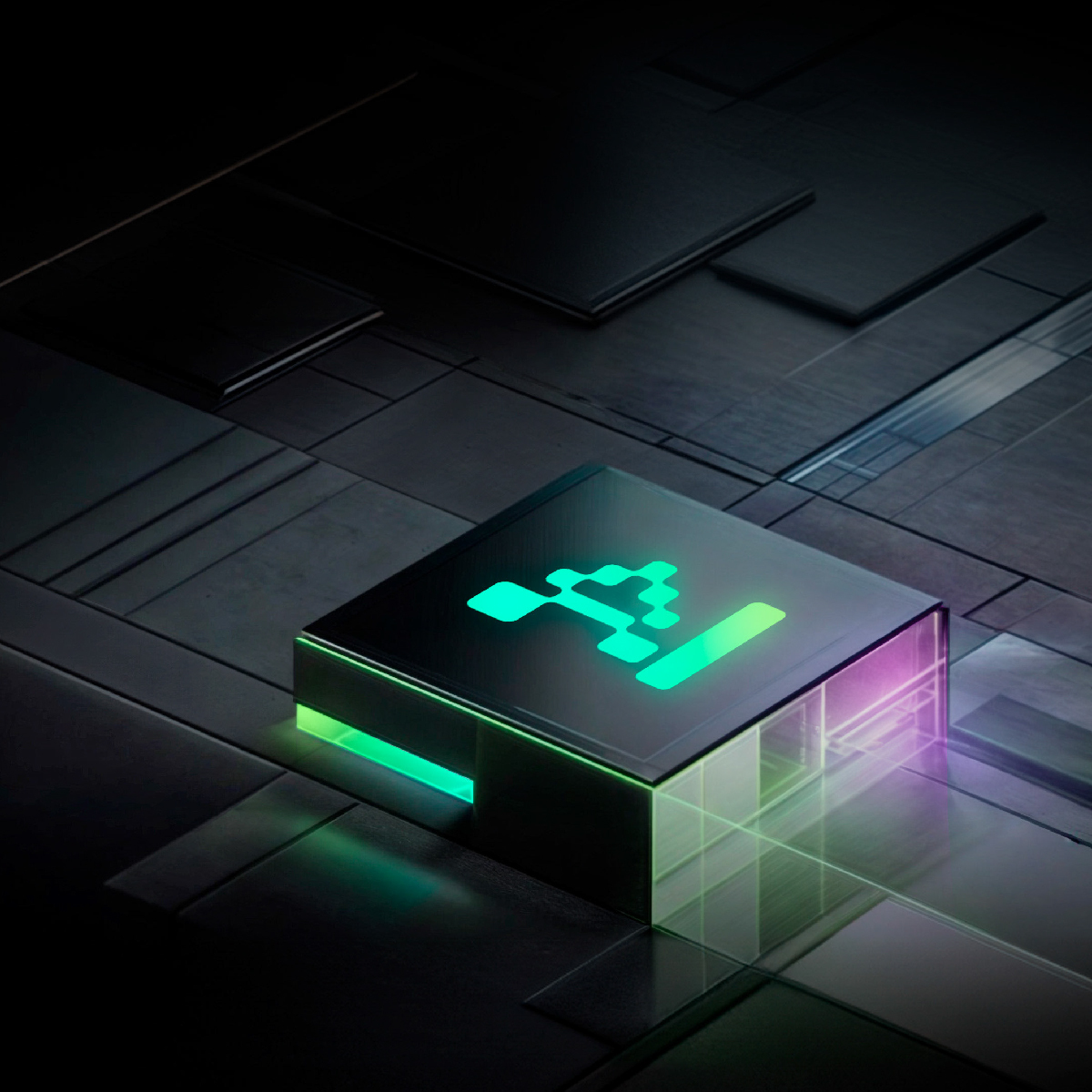Join our newsletter


Conversational bots are becoming increasingly common, but some businesses still hesitate due to a lack of understanding or perceived complexity. However, chatbots offer significant benefits and strategic opportunities. Let's answer the top 10 questions about bot implementation:

A: Several factors influence a chatbot's intelligence, including whether it uses AI (Artificial Intelligence). AI-powered bots are "trained" on vast data sets, allowing them to understand and respond to user interactions effectively. The quality of this training and the breadth of topics covered determine a bot's intelligence. Continuous training ensures the bot stays accurate and provides value to users.
A: It's crucial to identify how users will interact with the bot. This involves mapping potential conversation paths, anticipating frequent questions, and crafting appropriate responses. Understanding the customer journey involves knowing key touchpoints, from initial interaction to transaction completion. Aligning conversation flows with this journey creates a smooth and efficient experience for users and businesses.
A: For optimal functionality, a chatbot needs access to company data. This data can come from various sources, including your existing knowledge base, website, internal databases, documents, CRM, product inventory, and more. Machine Learning can help the bot adapt to unexpected scenarios and handle unforeseen situations with relevant responses. Additionally, collecting data on user interactions allows you to improve conversation flows continuously.
A: The bot implementation process can generally be broken down into five stages:
The total timeframe can range from weeks to months, depending on the project's scale and complexity.
A: Yes, chatbots can be trained to respond in different languages. This requires Natural Language Processing (NLP) capabilities. NLP allows the bot to understand not only the words but also the context and linguistic nuances of different languages, including regionalisms. This multilingual capability is valuable in global environments, enabling effective communication with diverse audiences.
A: There are several scenarios when a bot might hand off the conversation to a human agent. One primary reason is when the customer explicitly requests it. Another is if a user asks the same question repeatedly and the bot cannot answer. This may be due to a complex issue, lack of information in the knowledge base, or situations where a human touch is crucial, like dealing with emotional concerns or intricate transactions. The key is to ensure a seamless transition for a high-quality customer experience.
A: Chatbots can perform a wide range of tasks, from answering common questions and collecting customer information via conversational forms to automating everyday processes, sales, and managing leads. The bot's functionalities will depend on your specific business needs and the intended purpose.
A: Absolutely! One of the key advantages of chatbots is their ability to respond simultaneously to multiple users in real-time. This is especially valuable in customer service and online environments with high user volume and varying topics of interaction.
A: A well-designed chatbot solution can handle significantly increased user numbers and queries without performance issues. Scalability also refers to the bot's ability to improve and expand its functionality over time. Solutions like inConcert's Conversational bot allow easy integration of new features and rapid adaptation to changing business needs.
A: Yes, omnichannel chatbots can connect to other tools. Ideally, a comprehensive solution will seamlessly integrate the bot with CRM or marketing automation platforms. Additionally, integrating the bot with other systems like the Contact Center facilitates smooth bot-to-human agent handoffs with interaction history for a more human touch and improved customer experience.
If you have further questions or want to explore specific chatbot use cases for your business, feel free to contact the experts at sales@kenility.com